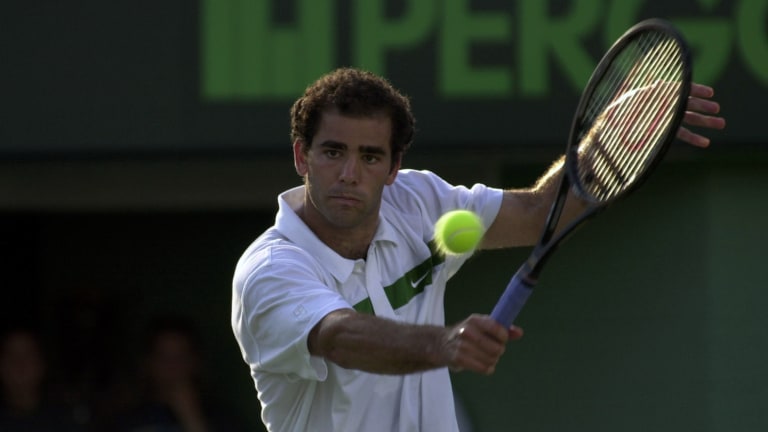Miami, USA
Top 5 Miami Finals, No. 3: Pete Sampras d. Gustavo Kuerten, 2000
By Mar 25, 2024Miami, USA
In beating idol Novak Djokovic, Jakub Mensik came of age in Miami
By Mar 31, 2025Miami, USA
Can Jessica Pegula step out of comfort zone on clay?
By Mar 31, 2025Miami, USA
Jakub Mensik, Miami champion, was going to pull out of the tournament an hour before his first match
Mar 31, 2025Miami, USA
Teenager Jakub Mensik denies Novak Djokovic 100th title in Miami Open upset
By Mar 31, 2025Miami, USA
Aryna Sabalenka takes aim at Iga Swiatek's dominance of the European clay season
By Mar 31, 2025Miami, USA
Novak Djokovic vs. Jakub Mensik: Where to watch, and who will win, their Miami Open final
By Mar 30, 2025Miami, USA
Roger Goodell watches on as Aryna Sabalenka defeats Jessica Pegula in Miami final
By Mar 29, 2025Miami, USA
Aryna Sabalenka masters Jessica Pegula again to win Miami Open
By Mar 29, 2025Miami, USA
19-year-old Jakub Mensik to face Novak Djokovic in Miami Open final
By Mar 29, 2025Top 5 Miami Finals, No. 3: Pete Sampras d. Gustavo Kuerten, 2000
It was a tug of war between 20th and 21st century playing styles, and a last stand for the net-rushing game.
Published Mar 25, 2024
Advertising
Advertising

Sampras, who was schooled in serve and volley, attacked relentlessly, charging in behind his own first serves, and most of Kuerten’s second serves
© Getty Images
Advertising
![“I was ready for a fifth set,” Kuerten said after it was over. “On one [set] point, 7-6, something like this, I had a very bad call on his backhand passing shot.”](https://images.tennis.com/image/private/t_16-9_768/f_auto/tenniscom-prd/yntkeoy9bpqs9zrcoekq.jpg)
“I was ready for a fifth set,” Kuerten said after it was over. “On one [set] point, 7-6, something like this, I had a very bad call on his backhand passing shot.”
© Getty Images